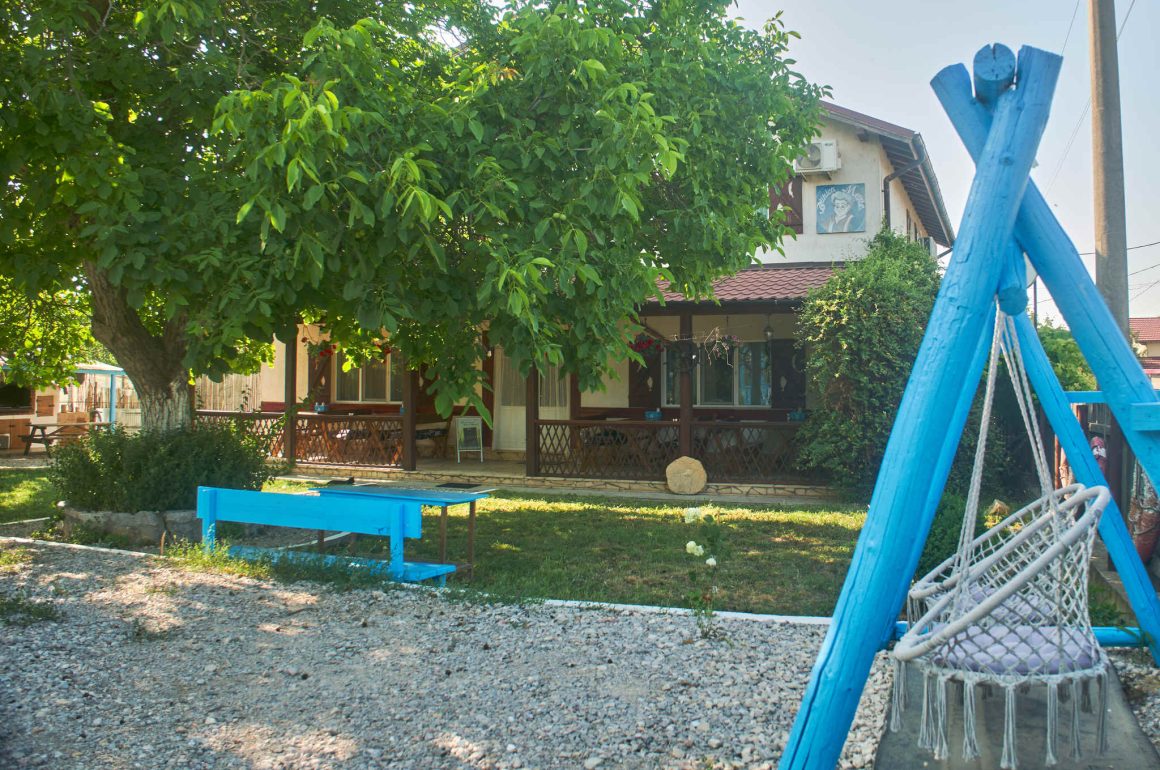
Which bird species do you think is the biggest attraction to visitors of your lodge (please only name one species)?
Great White Pelican
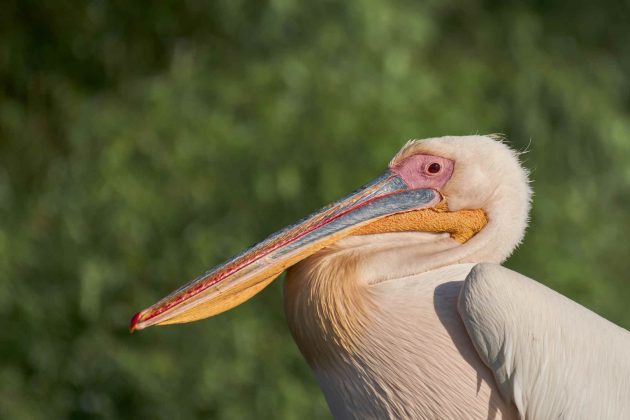
What is the name of your lodge, and since when has your lodge been operating?
Bunica Maria – Guesthouse for birders
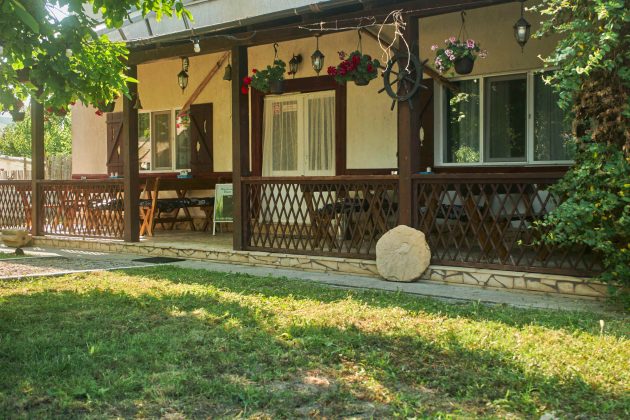
How best to travel to your lodge?
From Henri Coanda Airport, Bucharest, you can come by bus to Tulcea. From Tulcea to Mahmudia, where our guesthouse is located, you can also come by bus or taxi. Another way is to rent a car, and you will be free to move and to admire nature on your way from Bucharest to the Danube Delta.
White-tailed Eagle
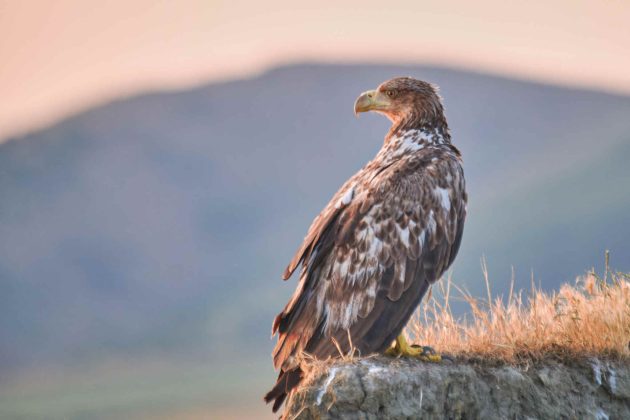
What kind of services – except for accommodation and food – does your lodge offer to visiting birders?
We offer birdwatching guided tours and wildlife photography tours.
Pygmy Cormorant
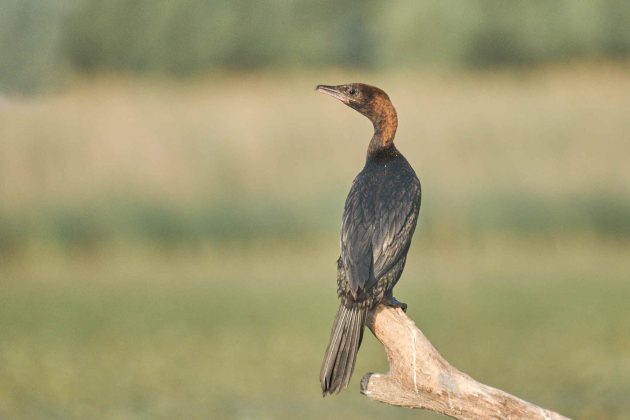
What makes your lodge special?
You can
- Visit an ecological reconstruction area in the Danube Delta
- Unwind in a locally owned Guesthouse
- Enjoy traditional food like our grandparents used to make
- Admire Pelicans, Purple Herons, Pygmy Cormorants, Rollers, Bee-eaters in a conservation-minded tour, while savouring locally sourced fresh food.
Black-crowned Night Heron

What are the 10 – 20 most interesting birds that your lodge offers good chances to see?
- Great White Pelican
- Dalmatian Pelican
- Pygmy Cormorant
- White-tailed Eagle
- Marsh Harrier
- Squacco Heron
- Night Heron
- Purple Heron
- Whiskered Tern
- Pallas’s Gull
- Bee-eater
- Roller
- Little Owl
- Isabelline Wheatear
- Crested Lark
- Glossy Ibis
- Pied Avocet
- Black-winged Stilt
- Red-necked Grebe
- Ferruginous Duck
Squacco Heron
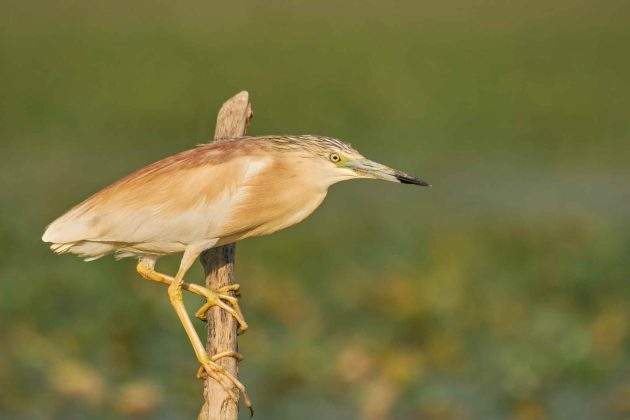
What is the best time to visit your lodge, and why?
The lodge is active from April to October
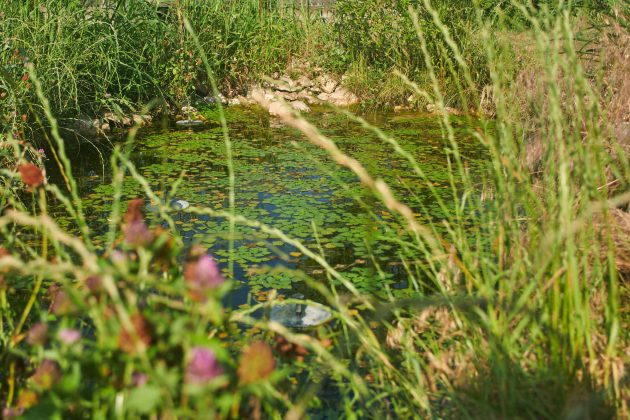
Is your lodge involved in conservation efforts? If yes, please describe them.
Yes. We are active participants in protecting and promoting one of the largest and most successful ecological reconstruction projects in Romania, but also in Europe, Incinta Carasuhat.
Grey Heron
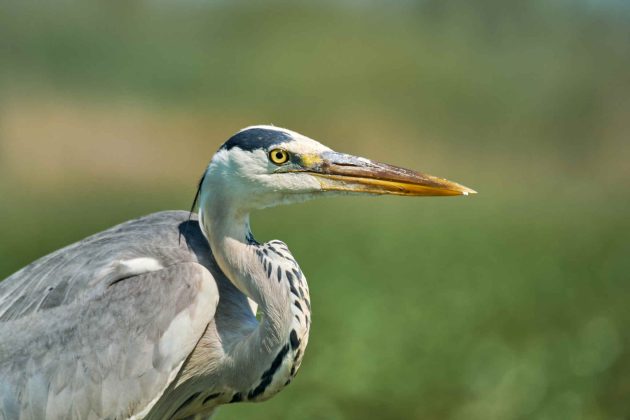
What other suggestions can you give to birders interested in visiting your lodge?
Bring your binoculars and your cameras. Have fun!
Black-winged Stilt
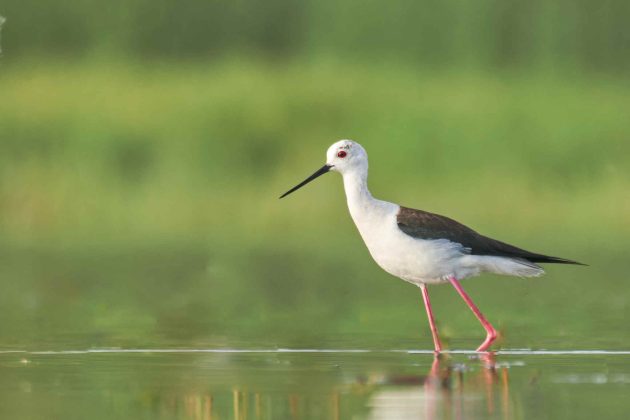
Do you have activities for non-birders? If so, please describe.
No, we are dedicated to birdwatching and wildlife photography.
Dalmatian Pelican
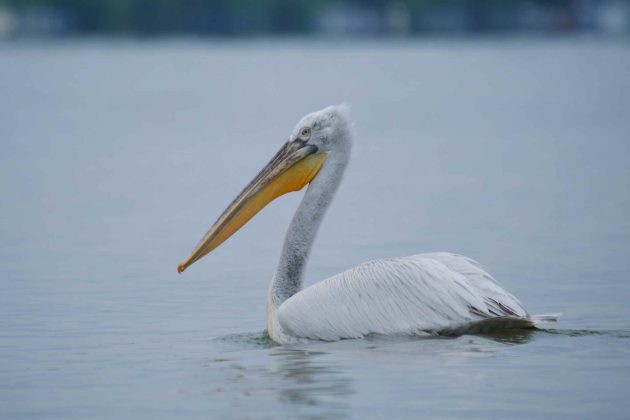
If any reader of 10,000 Birds is interested in staying at your lodge, how can they best contact you?
For contact, please use:
- Our email address: contact@bunicamaria.com
- Our phone number, also for WhatsApp: +40721206963
- Our contact form from our website: www.bunicamaria.com
Red-necked Grebe
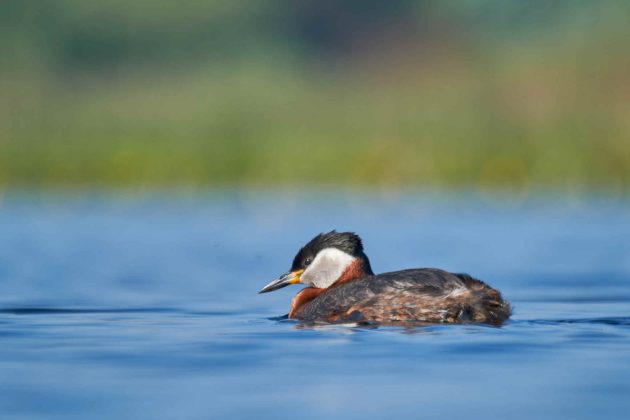
Is there anything else you would like to share with the readers of 10,000 Birds?
Top Reasons to Visit
- The Danube Delta Biosphere Reserve was included in the List of World Cultural and Natural Heritage in 1990 (UNESCO World Heritage) when it was recognised as a wetland of international importance, especially as a wildfowl habitat.
- At 2,200 square miles, the Danube Delta is regarded as one of Europe’s largest wetlands, laced with branches off the main river, marshland, canals, and reeded islands. It has the most extensive area of compact reed beds in the world.
- The Danube Delta is the best preserved of Europe’s delta ecosystems. It is the perfect breeding ground for thousands of birds that migrate there from around the world. More than that, a bird-watching trip in Romania can be a rewarding one year-round.
- The Biosphere Reserve is the world’s third-largest area for biodiversity, following only Australia’s Great Barrier Reef and Ecuador’s Galapagos Islands in the number of species (5,500 types of flora and fauna) it supports.
- Important species found while bird watching in this part of Romania include Pygmy Cormorant, White Pelican, Dalmatian Pelican, White-tailed Eagle, Ferruginous Duck, Red-breasted Goose, Glossy Ibis, Marsh Harrier, Purple Heron, Spoonbill, Kingfisher, Squacco Heron, White Stork, Caspian Tern, Red-footed Falcon, and Roller.
- Our Bird Watching in Romania tour also has a conservation focus, highlighting the Carasuhat area. Since 199,3 this has been part of an ecological reconstruction project, returning former agricultural land in the Danube Delta to a natural habitat for breeding birds.






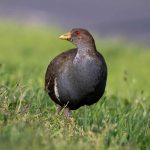
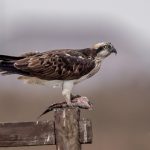
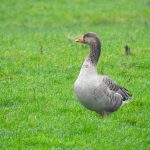

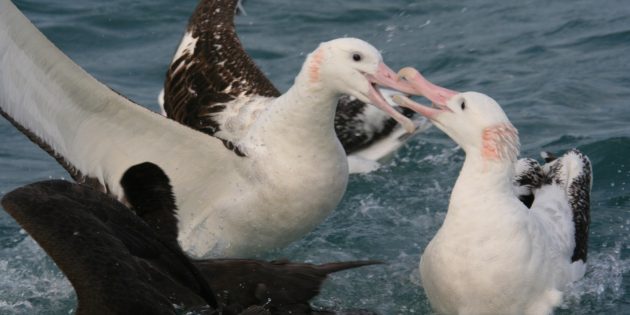
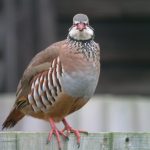
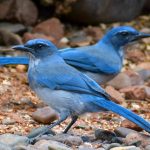
Romania is a great place for birding ( my visit has been described on this platform but I did get distracted by Count Dracul a tad too much). If that Dalmatian Pelican would be a “dead cert” I’d travel down tomorrow…
Have just come back from Romania, but it wasn’t a bird tour and I almost saw more bears (11!) than birds…
Romania is surely one of Europe’s prime destinations for nature-related activities, like birding, photography, hiking etc.
I went there three times, but only on business trips with limited time out in nature, not having the chance to visit the prime areas. Still, I was deeply impressed.
I really enjoyed this post. It was informative and so enthusiastic. And I can confirm that the traditional Romanian food is excellent.